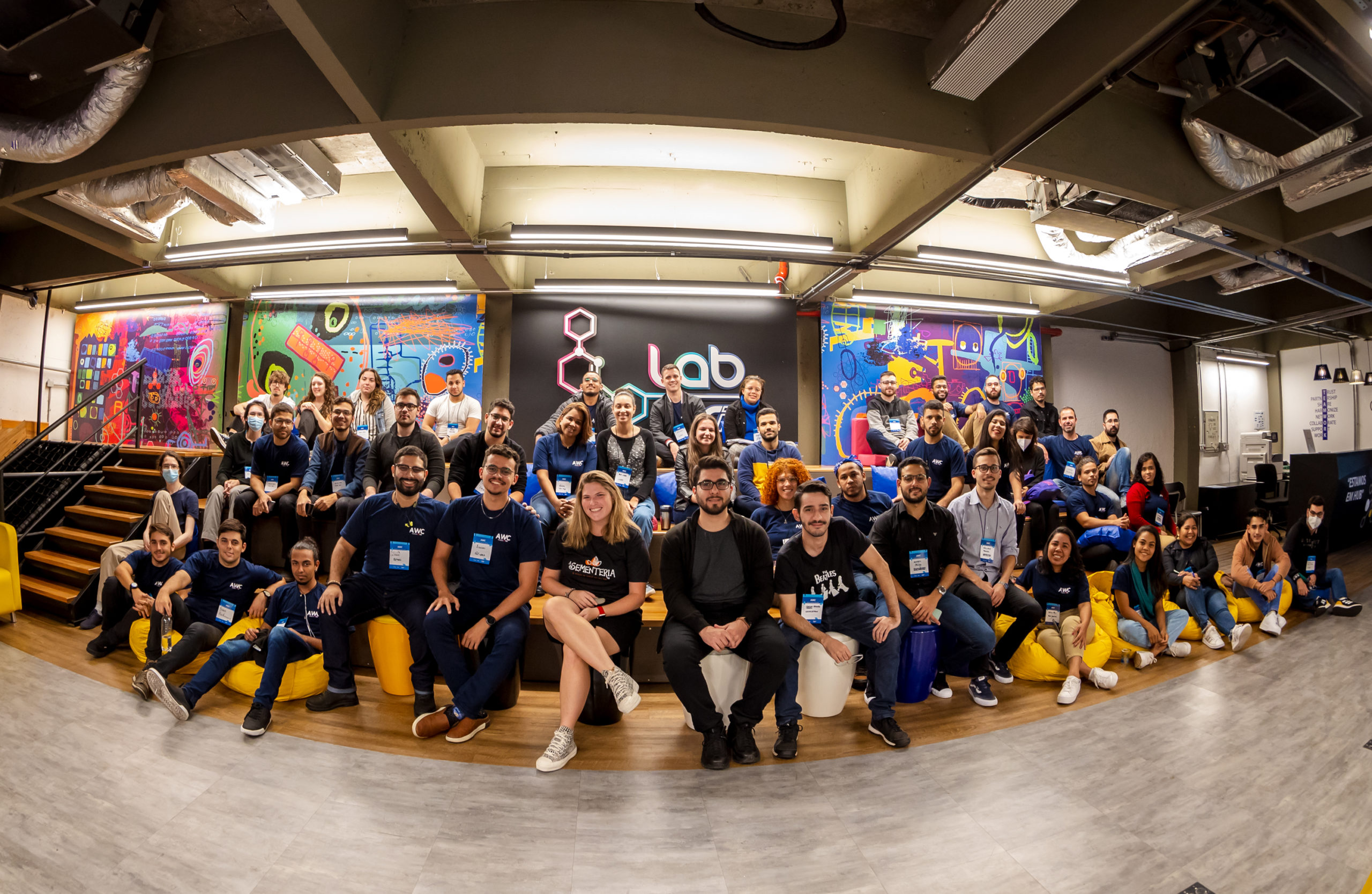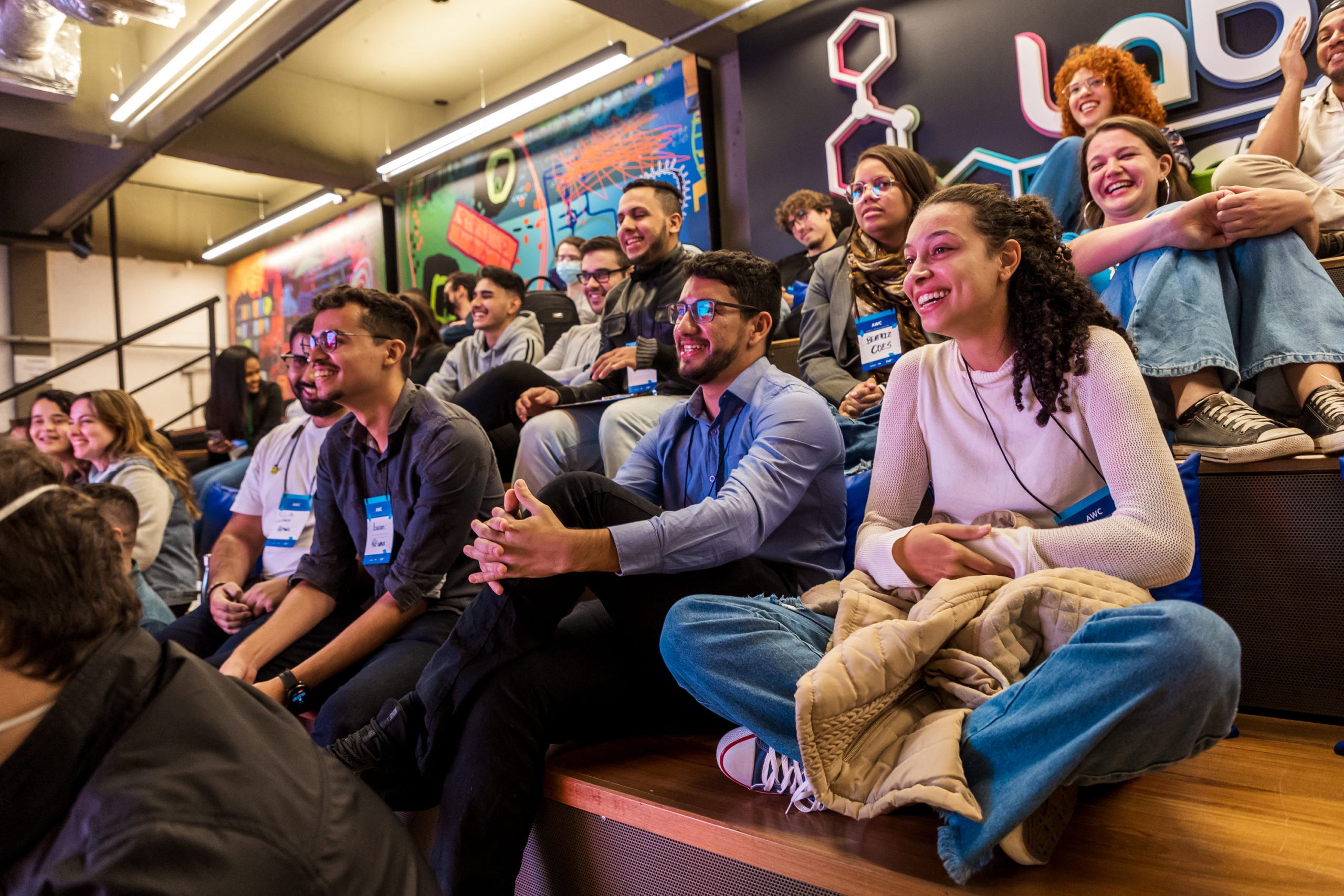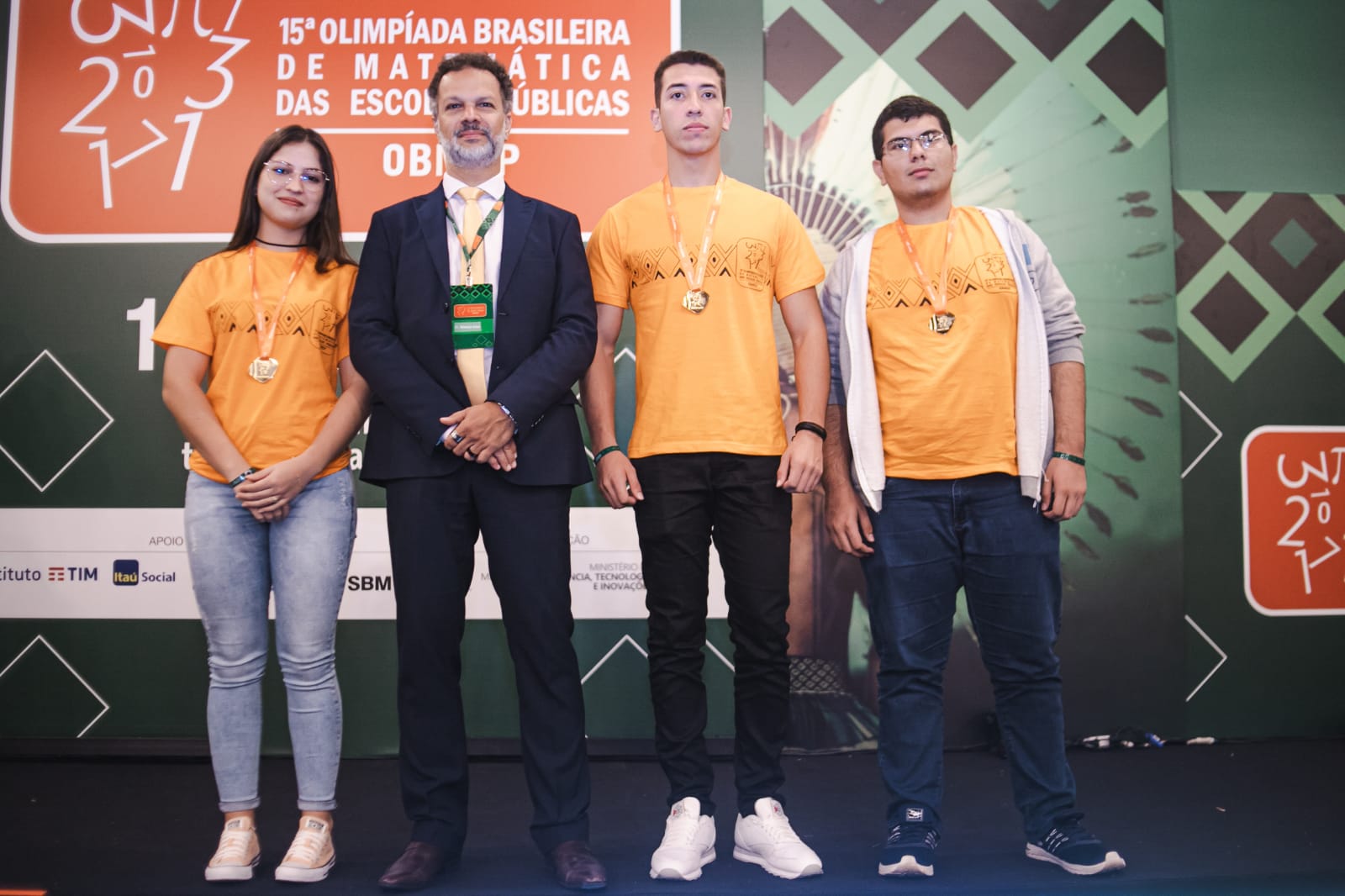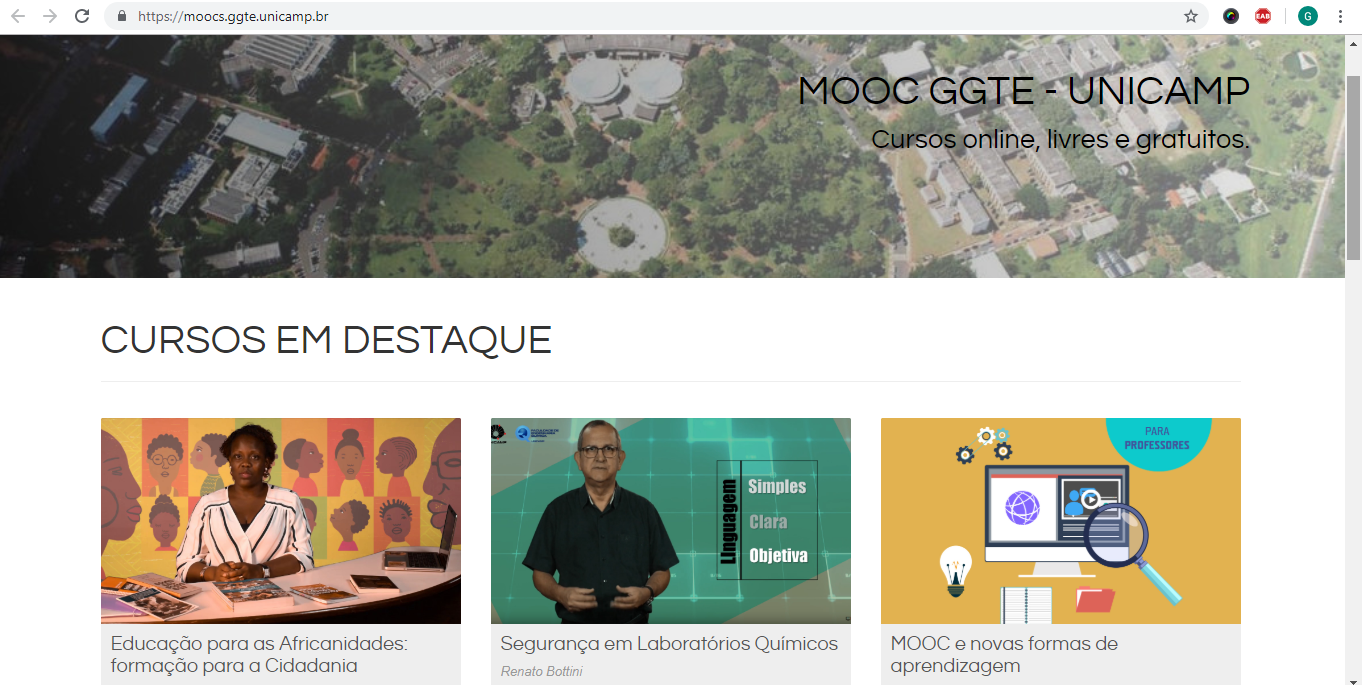
On June 1st, it was officially launched in Brasilia-DF the platform Busca Ativa Escolar, developed by Instituto TIM in partnership with the United Nations Children’s Fund (UNICEF), the National Union of Municipal Education Leaders (Undime) and the National Board of Municipal Managers for Social Assistance (Congemas), being part of the global initiative called Out of School Children, by UNICEF. The event brought together about 70 managers of Education, Health and Social Assistance at municipal, state and federal levels, as well as education specialists and journalists. In addition to the launch, on the same occasion, it was carried out the installation of the National Committee for the Active School Search.
The opening of the event was led by Undime’s president, Alessio Costa Lima; Congemas’ president, Vanda Anselmo; Instituto TIM’s president, Manoel Horacio; and UNICEF’s representative in Brazil, Gary Stahl. Firstly, Alessio Costa Lima commented on the great challenge for municipalities to enroll all of the approximately 3 million children and adolescents who are out of school in Brazil, and recalled that the highest rates of exclusion are at the extremities: children aged 4 and 5 years old and adolescents aged 15 to 17 years old. “We understand that the reasons that lead a family to leave their children out of school are so strong that they are beyond the competence of the school, beyond the walls of the school and, often, beyond our competence as educational managers of our municipalities,” he said. According to Undime’s president, meeting this challenge requires truly intersectoral action and a political “will”.
Vanda Anselmo, from Congemas, pointed out that when talking about children and adolescents out of school, it is necessary to understand that behind this process there are situations of lack of protection and violations of rights. She recalled that the network of social assistance professionals has great capillarity, and that this articulation is essential to combat school exclusion. “Busca Ativa Escolar will enhance this integrated and articulated work in the territory”, she explained. “We need to have this on our agenda, which is not merely a technical agenda, but also a decision that we need to effectively guarantee the rights of our children and adolescents”, she added.
The president of Instituto TIM, Manoel Horacio, told how Instituto TIM and UNICEF talks gave rise to the project. “When we talk about 3 million children out of school, this is what we are talking about: it is two years of children born in Brazil who will live the rest of their lives without ever having gone to school. It’s a hole.” Manoel Horacio explained that Busca Ativa Escolar is a free, open access platform that coordinates and integrates all the information flow necessary to bring children to school. “Having a tool is a good start, but we need to have integration and the heart of everyone here so that it works and brings positive results for the country”, he added.
Gary Stahl recalled some of the history of the initiative and the recent process of counting and identifying out-of-school children. According to the UNICEF representative in Brazil, the country has evolved a lot in recent years in combating school exclusion, but there is still a small percentage of children and adolescents that must be included – and that is equivalent to millions of children. For Gary, the most important part of the platform is not the technical part, but the social one. “If this tool is successful in Brazil, if you find these children out of school and succeed in including them, many other countries can also adapt and use the platform, because it is an open-source technology”, he said.
Following the opening speeches, the UNICEF Education Coordinator in Brazil, Ítalo Dutra, presented an analysis of data on out-of-school children and adolescents, based on the IBGE’s National Household Sample Survey in 2015. The study shows that the highest percentages of out-of-school children are in the North (8.8%) and Central West (7.7%), although, in absolute terms, the largest number is in the Northeast (868,354 children). The majority of out-of-school children lives in the urban area (2.1 million) and belongs to families that earn up to half a minimum wage (53%).
After the presentation of the numbers, Julia Ribeiro, from UNICEF’s Education area, and Thaís Rigolon, from the coordination of the Busca Ativa Escolar project, presented the strategy of the platform and showed how it works and how municipalities can join the initiative. After this moment, two panels were held with the theme “The challenge to guarantee the right to education of children and adolescents who are out of school”, in which good practices of active search and other related initiatives were presented. Among the bodies that presented cases and projects, there were the Ministry of Health, the Ministry of Education, the Ministry of Social and Agrarian Development, the National Campaign for the Right to Education and the National Union of Municipal Education Councils.











































































































